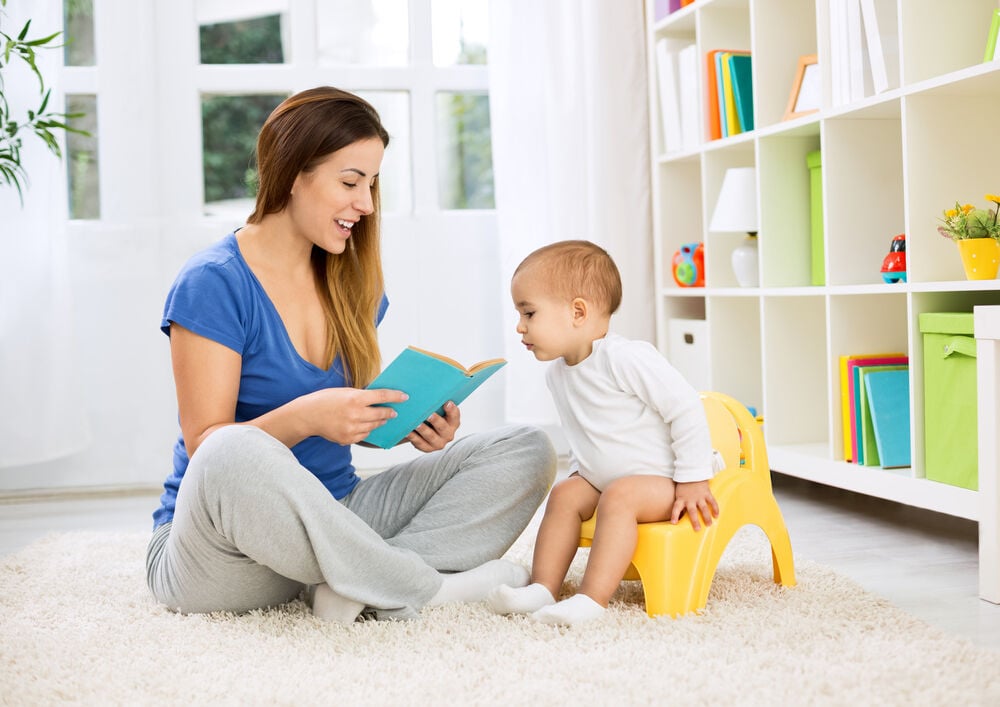Many parents have several questions about potty training, such as when to potty train, what kind of products to buy for their child, and how to potty train.
If you’re wondering when to start potty training or how to start potty training, read on. We’ve compiled several potty training tips to help you ditch the diapers and prepare you for a smooth experience.













